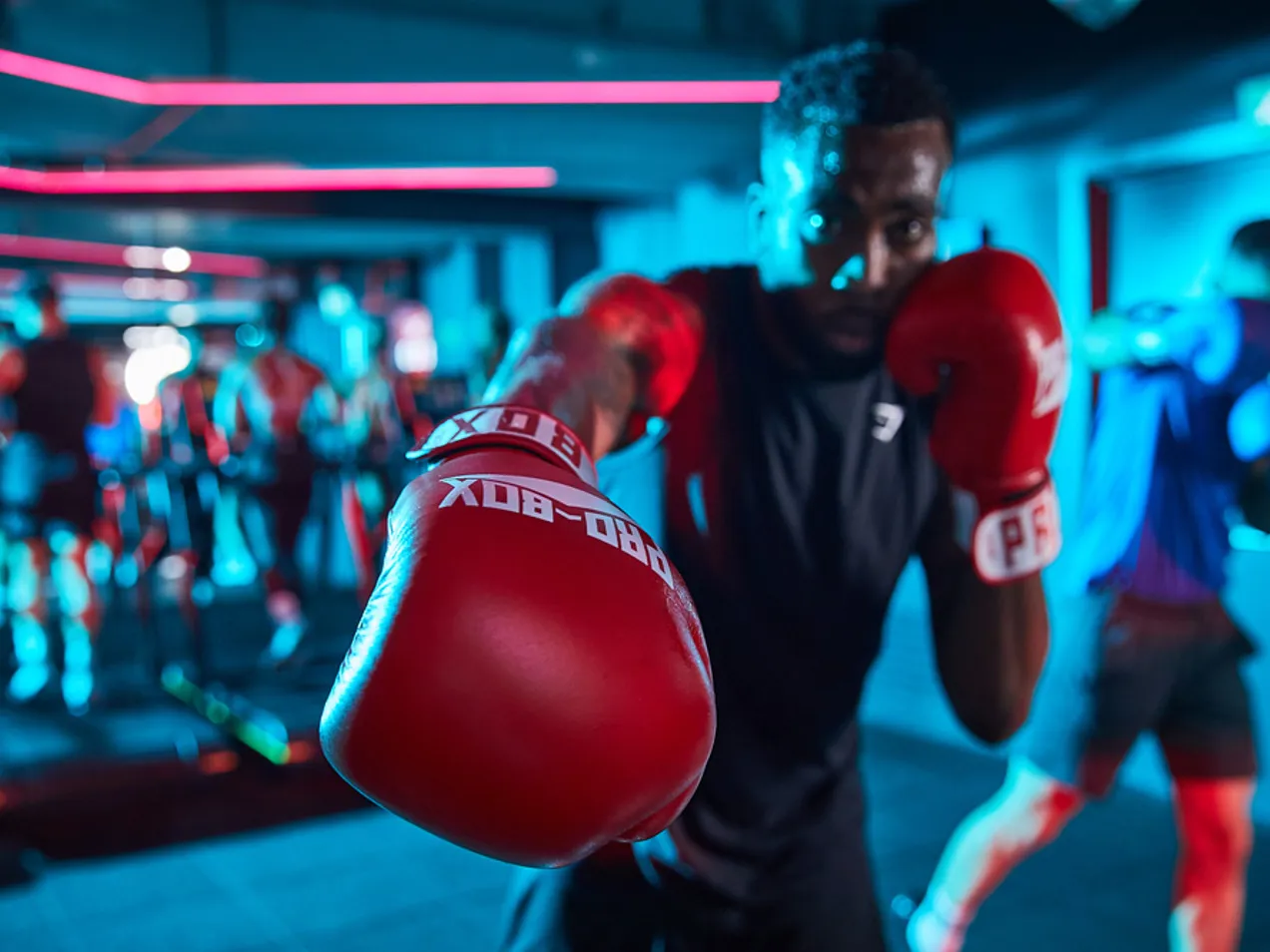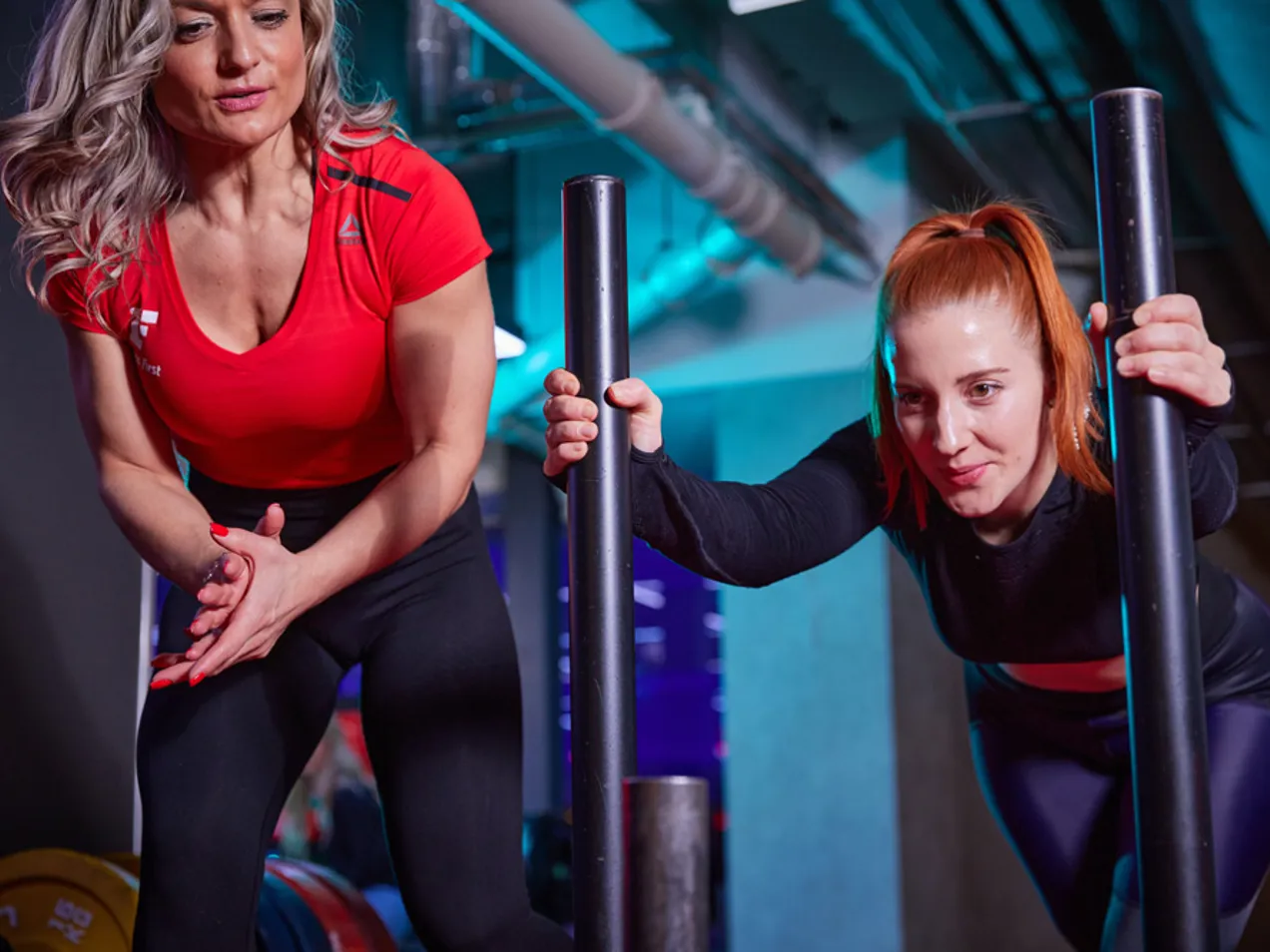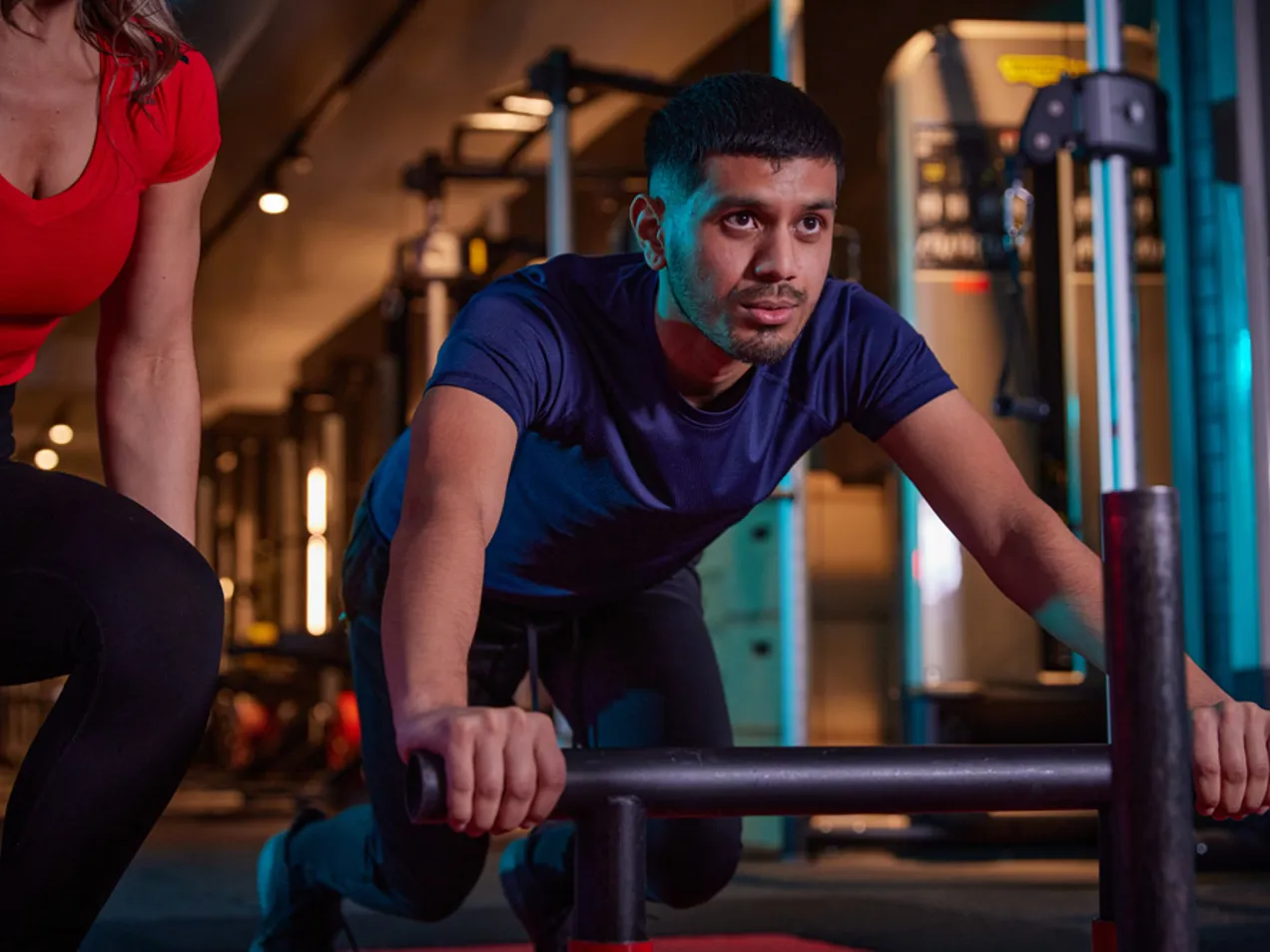Stop! your abs workout is a waste of time - do this instead
April 06 2022 6 min read
“How many sit-ups do I need to do to get a six pack?” It’s a question that DW’s personal trainers have to field regularly, much to their collective frustration.
Everybody wants to find the perfect abs workout, but those who cling on to the misguided belief that doing 100 sit-ups or crunches every day will earn them a stomach that Dwayne ‘The Rock’ Johnson would be envious of are ultimately going to be left disappointed.
We spoke to two of our personal trainers about the most common mistakes that gym-goers make in their quest for outstanding abdominals.
IS IT TIME TO DITCH SIT-UPS FROM MY ABS WORKOUT?
As a Bikini Fitness competitor, it’s safe to say that Carly Tierney knows more than most about effective abs workouts.
She warns that relying too heavily on sit-ups can put you at greater risk of injury.
“If sit-ups are done incorrectly they can overload the spine in a dangerous way,” she told us.
“The repeated and unnatural bending of the spine can damage your spinal discs over time. It can also reinforce any existing issues with poor posture (a huge problem in today's car and desk-bound society). I'd also argue that sit-ups don't help us when using the trunk of our body functionally during other everyday tasks such as lifting, cleaning etc.”
Make sure you’re mixing things up and not putting undue stress on your lower back. As Carly alluded to, more of us have sedentary jobs and because we’re sat at a desk all day, our lower back muscles, shoulders and neck muscles tend to be under-utilised. If you suddenly start putting a load of pressure on these areas when you hit the gym after work, you’re in danger of injuring yourself.
ANY OTHER ABS EXERCISES THAT ARE BEST AVOIDED?
Did you read the incredible story of Master Trainer Eddy Diget on our Blog? It’s highly recommended! As a two-time British natural body building champion, 71-year-old Eddy is your go-to guy for abs workout guidance.
He told us that ‘gym cradles’ should also be used sparingly, as they can cause people to overstretch their necks. He’s wary of ‘free cushion sit-ups’, too.
“If you think of the kinetics, before your stomach feels what is being done your lower back is immediately put under strain. You increase the weights, thus risking possible injury to 'feel' the contraction,” he explained.
Don’t overload yourself. Eddy also noted that on many occasions you won’t even notice that you’re doing damage to your body. Sometimes, you won’t feel the full extent of it until the next day, by which point it’s far too late. Listen to your body and if in doubt, stop immediately!
WHAT ABS EXERCISES SHOULD I BE DOING INSTEAD?
Carly teaches her clients numerous techniques to hone their abs, and there’s not a sit-up in sight!
“Many people assume that I do sit-ups as I have strong abs. However, this is far from the reality. My core strength has been developed through the engagement of my core muscles through correctly executed training,” she added.
“So even when I'm squatting or performing bicep curls, I will use my core to stabilise my body. Once you get the knack of this, it not only helps to strengthen your abs but encourages isolation of the muscles you're working as you hold your body still.
“With my clients I like to do bodyweight exercises such as planks or bodyweight twists. I also use medicine balls to challenge those who are more advanced.”
Eddy is also an advocate of planks and medicine ball work, although he’s adamant that the best way to achieve results is to focus on full-body workouts, rather than singling out your abdominals. Exercise classes like MetaFit will help you learn more bodyweight exercises you can do in the gym or at home!
“It has been proven that the best type of workout for weight loss, which you need before you see your abs, is ‘Group Muscle Training’, NOT isolation work where you are just training one muscle group at a time,” he remarked.
“You must remember that every day you are bending, stretching, pulling, pushing, kneeling, twisting etc.; all of these work your abs.”
So there you have it. You could well be developing your abs without even realising it!
HOW OFTEN SHOULD I TRAIN MY ABDOMINALS?
As Eddy so rightly says, even the most rudimental everyday movements can be helping you to hone an impressive six pack. Of course, you’re unlikely to achieve a rock hard stomach just by reaching down to the back of your kitchen cupboards, so how often should you be working on your abdominals in the gym?
Eddy continued: “If you train three times a week, you only need to train your abs for 20 minutes or so after the session, so your blood is not drawn away from the muscle groups you are about to train.
Try a diverse range of exercises. Keep your body guessing and watch those abs start to form!
“Always remember that it is the diversity of exercise that the body responds to, NOT just doing the same repetitive movements 100 times. If you can do an hour of abs each session, then select the hardest you can find and do those. It is a myth that the more abs you do, the better they become. They don’t!
“It is the intensity at which you work them that counts, not how many you can do. If in doubt, go on to YouTube and try the abs exercises on there.
“Your body reacts to stimuli, so stimulate it by the way you eat, train, and by doing multiple body workouts (peripheral workouts), working top and bottom, and cut down on the number of isolation exercises that you do.”
DOES MY DIET AFFECT MY ABILITY TO SCULPT KILLER ABS?
Our personal trainers both agree that abs are “made in the kitchen rather than the gym”. You can do as much exercise as you want, but if you fail to maintain a healthy, balanced diet, all of your hard work will go to waste.
Eddy explained the science behind the development of abs muscles.
“Your abdominals consist of four layers of muscle, plus external obliques, of which there are two - one on either side of your body, making six in total. These muscles are the mainstay of support for the frame,” Eddy said.
“Everything works together to help us breathe, rotate, twist and bend. The 'Rectus Abdominis Muscles' are superficial but are the main ones you see for a 'six pack'. They are covered by a broad sheet of connective tissue called Aponeurosis. This group of muscles are commonly referred to as your ‘Core'.
“Your abs are covered by, according to your waist measurements, several layers of fat. This is required (or at least a percentage of it is) to stop your internal organs banging against each other and causing pain or worse. In short, to see your abs, you have got to lose weight. Then they will appear!”
For further reading on how your abs work, we’d suggest you soak up the information on offer in this article by Len Kravitz of the University of New Mexico.
Naturally, in order to lose weight you will need to be disciplined with your diet. Make sure you’re getting enough carbs on board to fuel your workouts and repair the muscles that are broken down in the gym by eating foods that are high in protein. Avoid complex carbs and replace them with wholegrain versions of pasta, rice and bread wherever possible. Also, it’s worth restricting the amount of red meat that you eat, instead opting for leaner alternatives such as chicken and turkey.
As ever, balance is key, and you can get a few handy dietary tips from this recent blog post.
HOW LONG WILL IT TAKE BEFORE I START TO NOTICE MY ABS?
Annoyingly, there’s no stock answer to this question. Everybody is different and some people will find it easier to uncover their abs than others. Just because your work colleague has managed to shed a couple of stone in three months, it doesn't mean you will too. But don’t give up.
If you take on the tips offered by Carly and Eddy, and keep doing the right things in the gym and the kitchen, you’ll soon be looking ripped!



